I once had a 6/0 Siwash that was attached to an 8-ounce jig embedded in my back by a fellow angler who didn’t watch his backcast. And in nearly five decades (OMG!) of chasing fish, I’ve seen numerous other injuries from minor to major. Boating Safety Week occurs in May, but I’m asking that we practice fishing safety too. Here are some tips to get started.
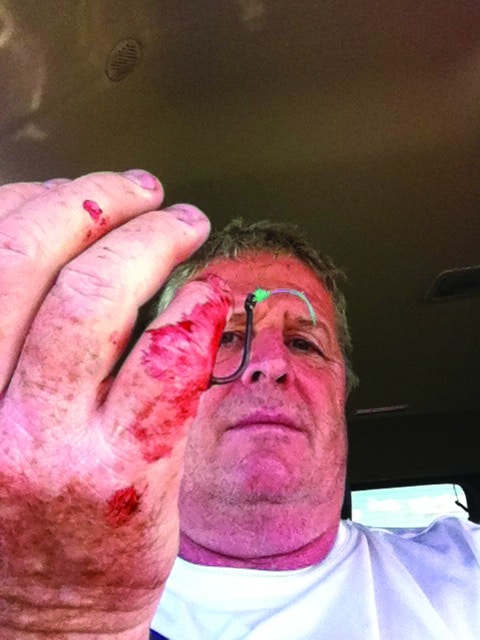
Pull Aside
A hook can end up in an angler’s flesh while boating a fish, removing the hook and even while rigging up. Grab the hook by its bend and pull in line to tighten the knot, and you might impale yourself if your grip slips. So, when pulling tight on a knot, place the hook over a post, reel lug or other sturdy structure. Alternatively, hold the hook at 90 degrees to the line and pull.
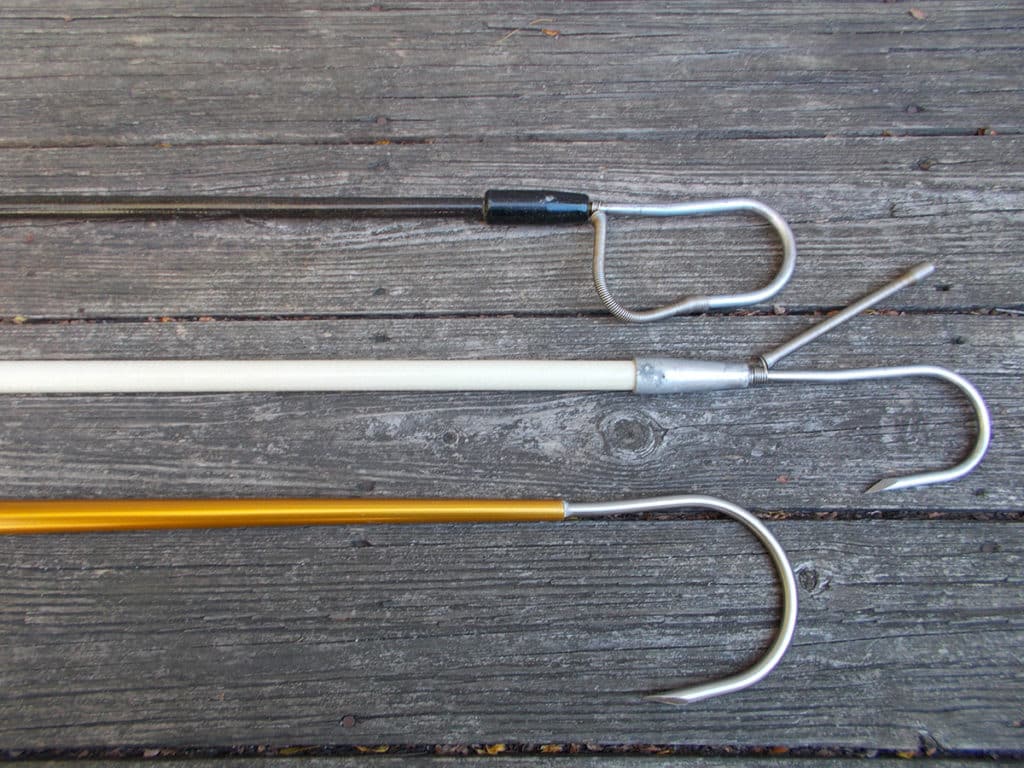
Covered Up
Literally meat hooks, gaffs can impale anglers or bystanding crew. Hold gaffs vertically as the fish to be gaffed draws near — holding a gaff horizontally aboard a boat should be avoided. Also, take care if looking over the gaff man’s shoulder in order to get that Facebook shot. More than one fishing photographer has received a black eye for his efforts when the butt of the gaff handle struck him on the upstroke. Finally, while the gaff is stored in the rack, or rocket launcher, cover the tip with a cork, some surgical tubing or a tennis ball.
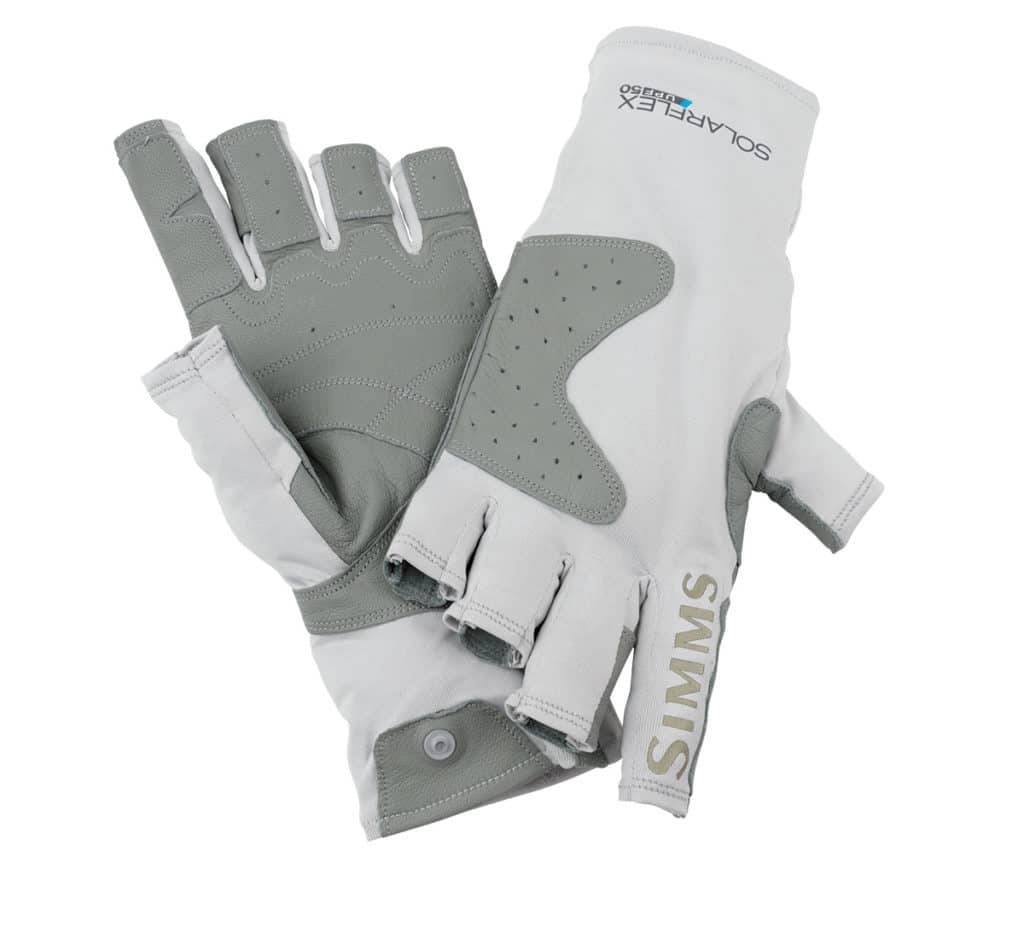
Aloe, are you there?
The image of the lobster-red fisherman straight-arming his catch for the camera is so common to have become a cliché. Distracted by rigging, baiting, casting, reanchoring, netting and more (that’s fishing, man!), anglers can forget to protect themselves from the sun’s damaging rays. So always apply a high-SPF sunscreen, and wear protective clothing, like these Simms SolarFlex guide gloves (simmsfishing.com, $50), even on those cloudy days that always seem to be great for catching the big ones.
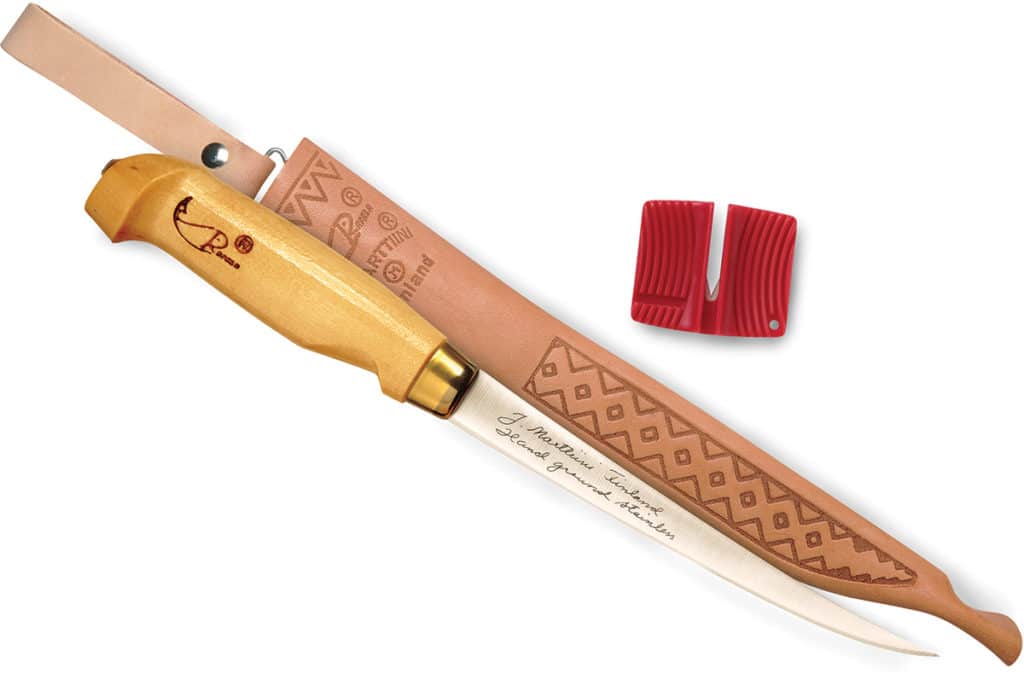
Slice Nice
Responsible use and care of knives is paramount for safety. There are two primary rules for knife safety. One is that a sharp blade is safer than a dull one because, since a sharp knife doesn’t catch or slow down, the user is not tempted to force a cut. This is especially important aboard a rocking boat. Also, knives not in use should be sheathed. Don’t have a sheath? Fold cardboard and secure it closed with duct tape.
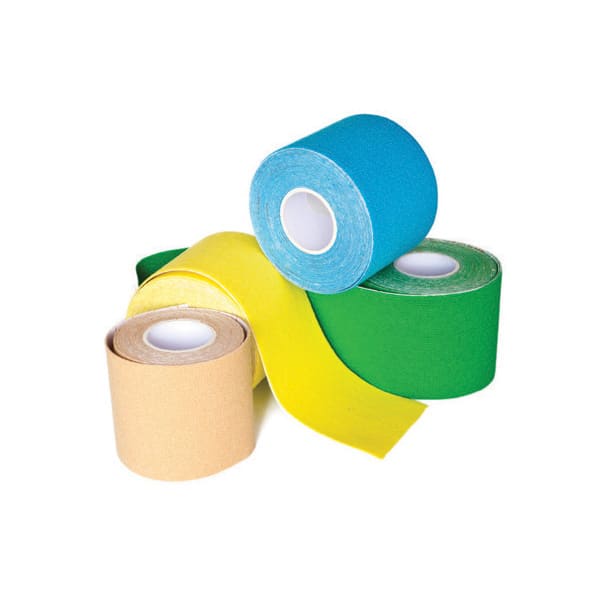
Finger Tip
Superbraid lines offer many advantages, but they can cut your finger right to the bone. This happens, while casting, when you apply more pounds of pressure to the line than the amount of resistance the reel’s drag is set to. This causes the braid to slip on the spool and cut into your finger. To prevent this you can tighten the reel drag, cast softer, or use finger protection. There’s a host of fishing finger guards available for sale, but I use waterproof athletic tape more often than not.
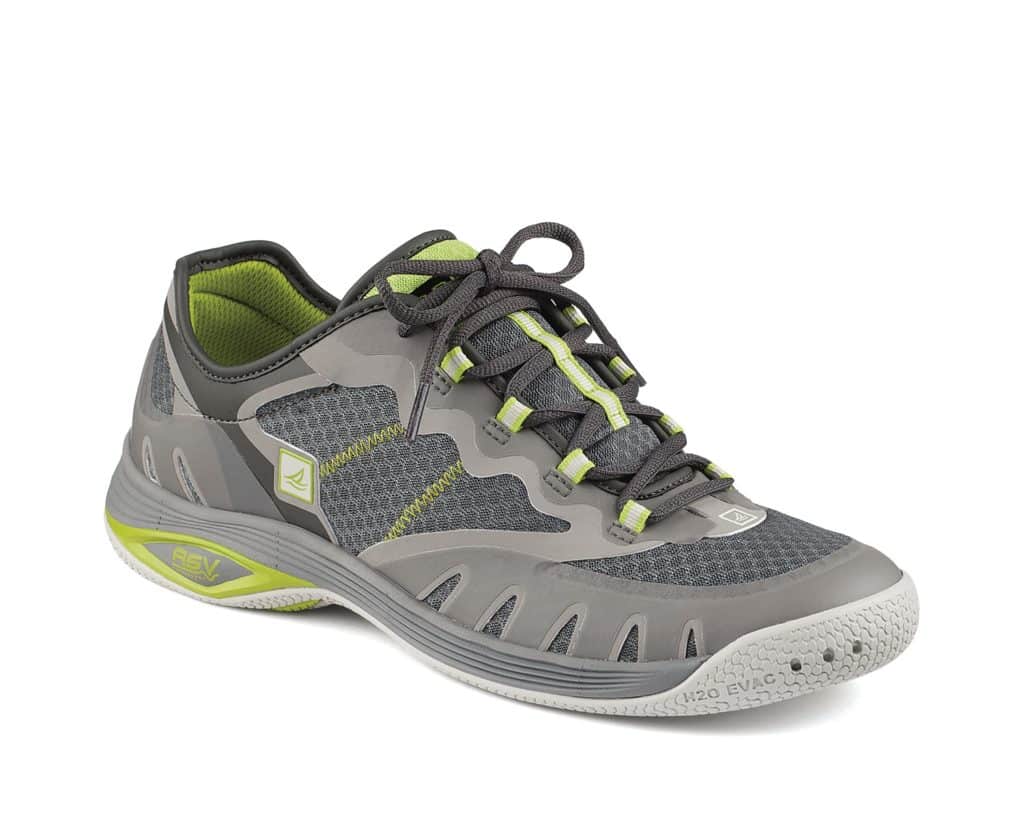
A Step Toward Safer Fishing
Feet can prove vulnerable to injury aboard a fishing boat. Granted, sandals are all the rage and I, personally, like going barefoot aboard my own boat. But when actively engaged in a bite, I turn into Capt. Bligh and demand all anglers be shod in closed-toe footwear. Decked fish can bite you, impale you with their fins, barbels or tail spikes, and throw a hook or lure with enough force to embed it into your ankle. Oh, yeah, the corollary to this tip is: “Never step on landed fish to unhook them.” Fish slime will defeat the grip of even the best boat shoes and nonskid, creating the potential for a slip and fall.
In closing, let’s remember that safety is something that occurs between our ears.









